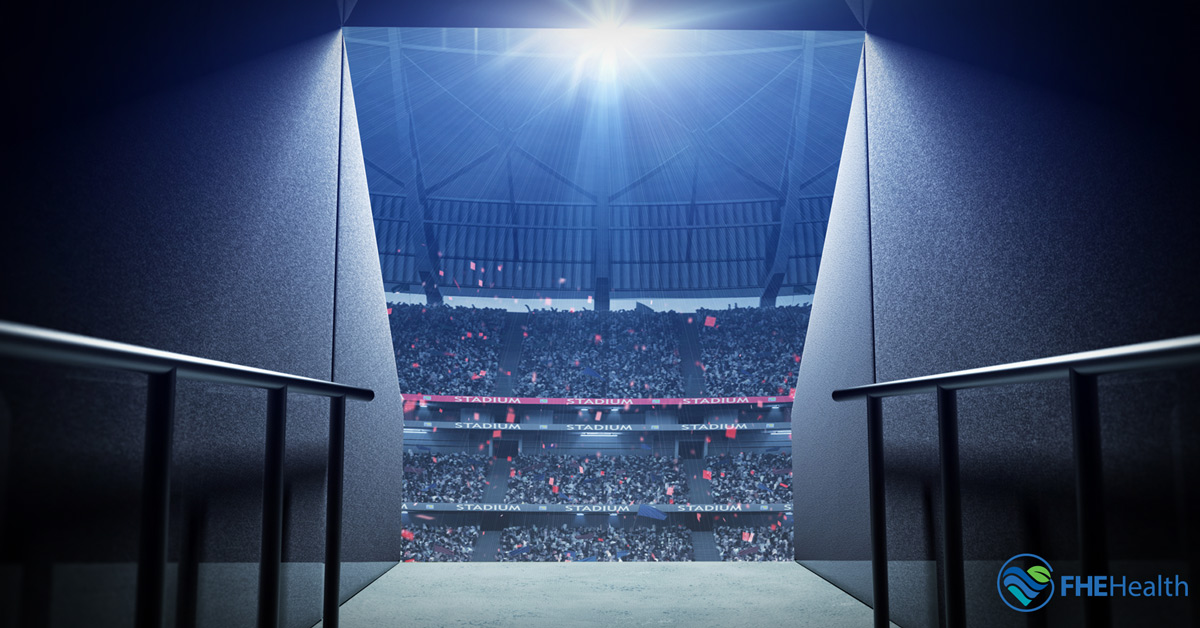
As a high-contact sport, football asks players to subject themselves to extraordinary trauma. With every tackle, they risk countless injuries to their bodies and minds alike. Unfortunately, despite the efforts of the NFL, CTE and other traumatic brain injuries remain prevalent in the league.
Players and fans have long accepted the risks associated with their favorite sport. But this tolerance is beginning to shift. Now more than ever, football players are retiring early to avoid permanent brain damage.
But how valid is this concern? Here’s what you need to know about traumatic brain injuries in the NFL.
Understanding Traumatic Brain Injuries
Traumatic brain injuries, or TBIs, are brain dysfunctions typically caused by powerful blows to the head. A minor TBI can cause temporary brain cell damage and symptoms like blurry vision or difficulty concentrating. Serious cases can cause more significant damage, including long-term conditions such as memory loss and epilepsy.
TBIs affect the brain in a variety of ways. Some are confined to a single area, while others are more widespread. The location and breadth of an injury determine how much damage it causes — for example, hematomas are concentrated injuries, while concussions are broader.
Chronic traumatic encephalopathy, or CTE, is the condition at the heart of the concern for NFL retirees. CTE is a TBI caused by repeated blows to the head over long periods of time. As a progressive disorder, CTE gets worse over time and often remains undiagnosed for years.
In the short term, CTE can cause mood swings and uncharacteristic aggression. Over time, it can lead to impaired movement, confusion and dementia. Unfortunately, CTE can only be diagnosed posthumously, but experts continue to search for ways to detect the condition during life.
NFL CTE Rates
The nature of football, a high-contact sport with relatively minimal head protection, seems rife for CTE development. In an attempt to protect players from life-altering injuries, experts have sought to detect a possible link.
A study conducted by Boston University on CTE football injuries diagnosed 345 out of 376 former NFL players with CTE—nearly 92%. This is a major leap from studies of non-football players, which diagnosed only 0.6% of participants with the condition. Studies like this one suggest that a professional football career could directly cause someone to develop CTE.
Boston University researchers intentionally released their findings the same week as Super Bowl 57. Ann McKee, the school’s CTE director, called the study a “reminder of how we’ve become complacent” when it comes to brain health in the NFL. She also stated that she felt the NFL was not doing “anything substantial to prevent CTE or diagnose CTE” and that the sport poses a serious risk to players.
List of Football Players With CTE
Many NFL players have been found to have CTE after death. Hall-of-Famer Mike Webster was the first to be publicly diagnosed when his test results were published in 2005, 3 years after he died of a heart attack at age 50. Since then, he’s become a prime example for football-related head injuries.
More recently, late players Ray Easterling, Ken Stabler and Demaryius Thomas were found to have CTE after their passing. Other deceased players, including Matt Blair, Glenn Foster Jr. and Dave Herman, are thought to have had the condition, but these speculations are unconfirmed.
Some players with confirmed cases of CTE, including Phillip Adams and Aaron Hernandez, committed violent acts shortly before their deaths. With CTE thought to cause aggression and poor impulse control, these cases have some experts concerned about the link between the condition and violent behavior.
TBIs and Early NFL Retirements
For decades, the NFL was criticized for its deflection when questioned about TBI risk. This changed in 2016 when the league’s senior vice president for health and safety policy replied, “Certainly, yes,” when asked if there was a link between football and conditions like CTE.
As new research is conducted, some players are cutting their careers short to reduce their chances of developing TBIs. Among those are Luke Kuechly, Ali Marpet and Chris Borland of the San Francisco 49ers, who stated, “From what I’ve researched and what I’ve experienced, I don’t think it’s worth the risk.”
Current players aren’t the only ones concerned with the game’s high risk of TBIs. Heisman Trophy winner Bo Jackson said in an interview that if he’d understood the risk of brain injury associated with the sport, he “would have never played football.” Perspectives like his don’t align with the longstanding NFL assertion that football doesn’t carry a higher risk than other sports.
Traumatic Brain Injury Treatment
Because CTE can only be diagnosed posthumously, it largely remains undetected by those who have it. Some former professional players, such as Larry Johnson and Brett Favre, have reported symptoms consistent with the condition and are believed to be living with it.
But while CTE may go undetected, its symptoms typically do not. Aggression, suicidal thoughts and memory loss are among the effects that can significantly alter a player’s life. Luckily, they might not need to be endured forever.
In their study, the researchers at Boston University stressed the importance of seeking medical attention for traumatic brain injuries. Whether they’re diagnosed as CTE or not, many of these symptoms can be treated to restore a sense of normalcy to the player’s life.
When to Seek Medical Treatment
If you think you might be suffering from a TBI, it’s important to seek medical attention right away, especially if you’re experiencing symptoms like dizziness or blurry vision. In many cases, the symptoms can be treated and you’ll make a full recovery.
Traumatic brain injuries are serious injuries that can have devastating consequences. But with the right treatment, rehabilitation is possible. At FHE Health, our experts and resources are standing by to help you. Contact us now to get started.






